
$220 SAVE $130 = 37.0% Western Digital 16.0TB Western Digital Ultrastar DC HC550 3.5-in… in Storage: Hard Drives
|

|

|

|

|

|
Breakthrough Photography X3 Neutral Density Filters
Related: Breakthrough Photography, exposure, filters, spectral transmission
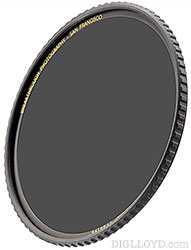
Breakthrough Photography
Breakthrough Photography introduced a line of high-grade filters in 2015, dubbed the “X3” line. See the in-depth description of the technology used to manufacture these filters.
Get Breakthrough Photography X3 filter at B&H Photo.
When contacted by Breakthrough Photography, your author elected to try the 10 stop neutral density filter, because other brands have disappointed with severe color and tint shifts: could the X3 deliver what other filters had failed to do? The example that follows speak to that.
Update 15 June 2015: improved version improve the neutrality even more. In the field, your author now favors the 6-stop ND as a better all around density for most outdoor scenes (shutter speed and blur range).
A 10-stop ND filter is very dark. With some stopping down, much longer exposures can be made than would otherwise be possible. Purposes include water blur in sunlight, very bright subjects, or photographing subjects that would otherwise be obscured by transient objects (cars, people, etc). By greatly increasing exposure time, these objects can be made to disappear.
In the field, it can be useful to have carry densities of 3, 6 and 10 stops which covers most shooting situations. Using a step-up ring allows using a larger fitler size on lenses with a smaller filter size (so that one does not have to carry sets of ND filters in too many sizes).
Features
In brief, the manufacturer claims are as follows, showing an unprecedented attention to details that matter in the field and for long term use:
- Worlds most color neutral ND filter.
- Worlds sharpest ND filter utilizing SCHOTT Superwhite B270® optical glass, an ultra clear crown glass.
- 8 layer of MRC coating applied to each side of filter (16 layers total) with high light transmission.
- MRC coating is harder than the glass itself.
- Thinner and lighter than most filters.
- Full threads on both sides, machined from brass accepts filters and lens caps in spite of its thinness.
- Laser engraved markings including a serial number on each filter.
- Texture for non-slip grip on the filter ring.
A filter has much reduced value value over time if its coating scratches easily, hence hard coatings are a huge plus for field work over time.
The “traction frame” really is a superb idea—your author has cracked the glass in several filters by dropping them onto rocks as they slipped from the hand. The excellent grip of the filter will reduce the odds of such mistakes. The brass used is also the best material to avoid binding issues.
Packaging
Certain details were noticed right away, which speak to the effort put into the product.
First, the filter arrived in a sturdy box similar in quality to what Apple might use for an iPhone. This is a step up from most packaging which is typically flimsy paper or plastic, and it sets expectations appropriately.
Second, a micro fiber cleaning cloth is included in the box.
Third, the filter nestles is recessed into foam padding, with finger slots on the side. This is excellent for two reasons; the filter won’t knock around while walking with the filter box carried in a pocket and second, extracting the filter is as easy as grasping it on both slides with the cutout slots encouraging a firm grip on the filter ring while avoiding finger smears.
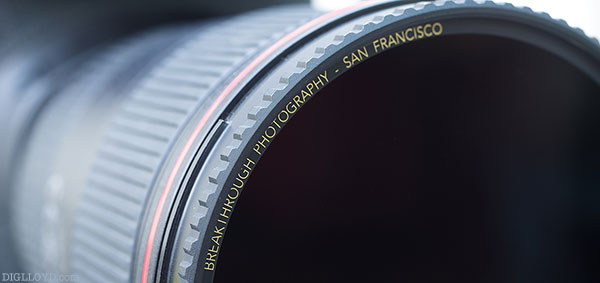
Evaluation: cool window light
This first evaluation under controlled conditions establishes a baseline expectation for field use.
Color temperature measured as 7460°K +10cc M using the Gossen Color Pro IIIf color meter. The magenta tint to the window light may have come from window glass and/or outside greenery. The image was taken at 11:18 AM in mid April, so the sun was high in the sky, and there were no clouds or veiling haze.
To establish the relative color temperature and tint, an indoor scene was chosen. Two frames were shot using the Nikon D810 + Zeiss Otus 55mm f/1.4 APO-Distagon:
- An unfiltered (no filter) frame at 1/30 second, and
- A 30 second exposure using the 10-stop- ND filter.
Processing was via Photoshop CC using Adobe Camera Raw.
White balance was click-set in Adobe Camera Raw just to the right of the “95” mark on the white ruler. This established the unfiltered shot’s white balance. The same procedure was followed for the filtered shot (“filteredAdj”). Also shown is the filtered shot using the same processing parameters as the unfiltered shot (push excepted).
Discussion continues below.
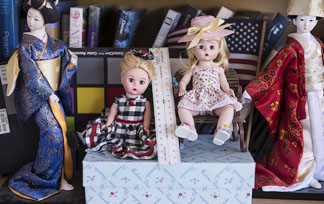
Density
Luminance (L) in Lab mode on the white ruler was matched exactly for the unfiltered and filtered shots; this required a +1/3 stop push to match the filtered image.
The exposure time difference was a factor of 900X (30 seconds / 1/30 second), or about 9 2/3 stops. Since the 1/30 second image was given a +1/3 stop push to match the luminance, its effective exposure time was about 1/25 second, yielding an effective ~750X difference. Since a full 10 stop density is 1024X, there is a discrepancy of about 1/2 stop, e.g. the filter seems to be 9.5 stops at this color temperature. However, camera behavior and subtle changes in lighting cannot be ruled out as factors, so this is not a definitive result.
Up to 64TB @ 12500 MB/sec!
Mac or PC.
Ideal for Lightroom, Photoshop, 8K video, data analysis, etc.
Color balance
Your author attempted to measure the filter using a Gossen Color Pro IIIf in sunlight, but this was seen to be problematic (highly variable), apparently likely due to ambient light reflecting off the filter itself and thus contributing significantly (versus the light coming through the very dark filter). This extraneous reflected light would have to be excluded so that only light coming directly through the filter would be measured. Shooting a real image and comparing the correction required for neutrality yields a much more useful result.
As seen below, use of the X3 10-stop ND filter delivers a just slightly more blue color temperature (7000°K vs 6500°K unfiltered) along with a moderate magenta cast (+7M vs +23M unfiltered). These are very modest shifts for a 10-stop ND filter. Also, the values might differ for a color temperature closer to 5000 - 5500°K, e.g., sunlight.
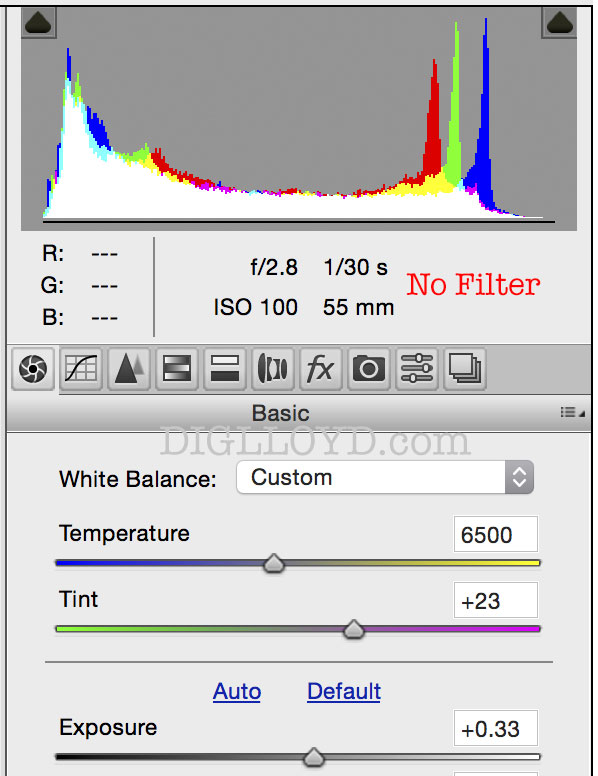
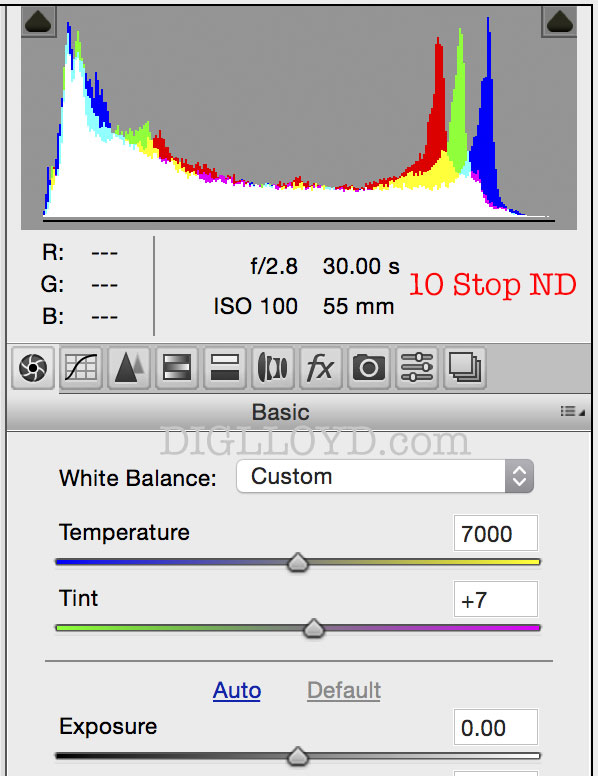
Example: outdoors
No special color adjustments were needed here using a 6-stop filter; processed just like an unfiltered image.
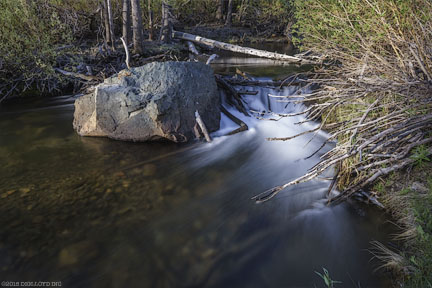
Sony A7R + Zeiss Batis 25mm f/2
[low-res image for bot]
Seagate 22TB IronWolf Pro 7200 rpm SATA III 3.5" Internal NAS HDD (CMR)
SAVE $100

















